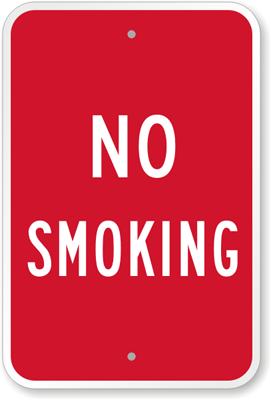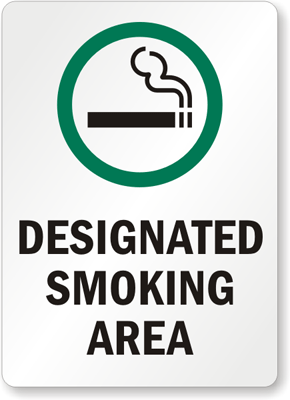Smoking at work: how much does it cost employers?

Mezz Mezzrow, jazz legend, smoking in his office in 1946
There is no doubt whatsoever that smoking is bad for your personal health and those around you. And at work, everyone has long assumed that cigarette smoking “miscreants” are costing the company money. A recent study published in the journal Tobacco Control has put a number to the perception.
As it turns out, a smoker can cost an estimated $5,816 more to employ, per year, than a non-smoker. The estimate includes the added cost of health insurance, as well as the monetary quantification of two fifteen minute breaks taken per day, and the loss from the average 2.6 extra sick days smokers take a year. Subtracted from the costs is the $296 the company will likely save on pension payments because a smoker is more likely to die younger.
(If, like an increasing number of employers, the company doesn’t pay for lunch, breaks, health insurance, pension plans or sick days, then the savings of hiring a non-smoker versus a smoker is much, much less.)

A classic no smoking sign. Available at SmartSign.
Nonetheless, the study adds fuel to the tobacco-free workforce movement. Holding talent and experience as a constant, the arithmetic is simple: fire two smokers who are drawing benefits on your payroll, and replace them with non-smokers. You’ll gain an extra $11,632 per year.
While you’re at it, don’t hire people who drink coffee or tea, because the line at the Starbucks can get pretty long. Fire overweight people, because their choice to drink sodas and eat chicken cordon bleu TV dinners is even more expensive over the long run than that accrued by smokers. Women who choose to have children are also likely to cost the company money, what with the sick days, maternity leave and added health care expenditures.
If that seems crass and ridiculous to you, it’s because it is. Employees are more than the sum of their vices.
This study doesn’t make the jump to say that smokers are less productive, less intelligent, less dynamic workers than non-smokers. It can’t. It only equates presence at the desk with productivity. It’s an assumption that’s far from airtight. Who’s to say that spending fifteen minutes outside clearing your mind (while polluting your lungs) isn’t time better spent than an hour staring blankly into a computer screen with nary a thought in your brain? Nicotine is known to both stimulate learning and memory in the brain!
However, employers are likely to benefit much more by taking a big step back from these figures by not nickel-and-diming their employees for every move they make that detrimentally affects the bottom line.
More nuanced studies have shown time and again that happier employees, who feel respected and have more time off, are better workers. According to The Happiness Advantage, investing in workers’ happiness resulted in “raising sales by 37%, productivity by 31%, and accuracy on tasks by 19%, as well as a myriad of health and quality of life improvements.”
A happier workforce is also less likely to quit. Employee turnover is incredibly inefficient and expensive. It is estimated that when an employee salaried at $50,000 a year quits, it costs the employer $10,000 to replace him or her, an amount that includes both the transactions costs of replacing an employee, as well as productivity costs. The difficult-to-quantify, but very real costs of lowered morale for remaining employees must be considered as well. According to a survey, in the current labor climate, about one in every three employees are seriously thinking of quitting their jobs.
This suggests that perhaps the cheapest thing for an employer is not to castigate their workers for their personal choices (even if they are undoubtedly bad ones), but focus instead on creating a happier, more secure workforce.

A designated smoking are sign. Available from SmartSign
The employer doesn’t have to be pro-smoking (and certainly should relegate smoking to designated areas). They just have to create a culture in which the employees feel that they are being treated with trust and respect. Part of that respect can come from providing employer-supported quitting programs to those who want to stop smoking at work and at home.














